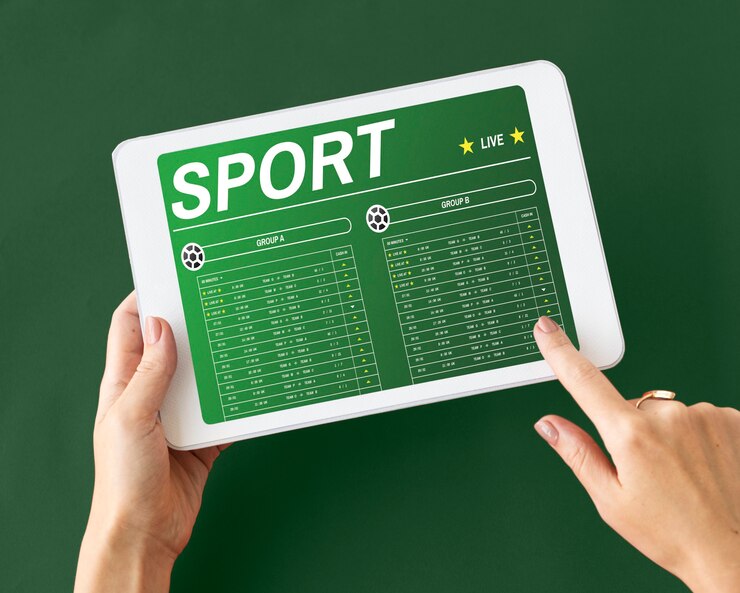Yolo247 Login, Sky247 Login, 11xplay, Laserbook247: Comparative analysis is a game-changer when it comes to team rankings in sports. It allows us to break down the numbers and compare various teams on different metrics, ultimately providing a clearer picture of their performance. This analytical approach digs beyond superficial observations and uncovers the underlying strengths and weaknesses of each team, offering insights that can greatly impact strategies and decisions.
By utilizing comparative analysis, we unveil a whole new level of excitement and enthusiasm for the game. It’s like unlocking a treasure chest of information that was previously hidden. We can identify patterns, trends, and outliers, enabling us to make informed predictions and speculate on future outcomes. The power of comparative analysis lies in its ability to differentiate between teams, showcasing their distinct qualities and giving us valuable knowledge that goes beyond simple win-loss records. With this newfound knowledge, our appreciation for the sport deepens, fueling our excitement for the next match and our curiosity to explore even more aspects of team rankings.
� Comparative analysis allows us to break down numbers and compare teams on different metrics
� It provides a clearer picture of team performance, uncovering strengths and weaknesses
� This analytical approach goes beyond superficial observations, offering valuable insights
� Comparative analysis impacts strategies and decisions in sports
� It unlocks hidden information like a treasure chest, unveiling patterns and trends
� We can make informed predictions and speculate on future outcomes using comparative analysis
� It showcases the distinct qualities of each team, going beyond win-loss records
� Our appreciation for the sport deepens with this newfound knowledge
� It fuels excitement for the next match and curiosity to explore more aspects of team rankings.
Unleashing the Potential of Comparative Analysis in Sports
The world of sports is constantly evolving, with teams and athletes striving to outperform one another. One of the most effective ways to gain a competitive edge is through comparative analysis. By breaking down the strengths and weaknesses of different teams and players, we can uncover unique insights and strategies that can propel us towards victory.
Comparative analysis in sports allows us to dive deep into the data, uncovering patterns and trends that may go unnoticed at a surface level. It helps us identify what sets top performers apart from the rest, giving us a blueprint for success. So, let’s dive into the world of comparative analysis and unleash its potential in sports.
When we think of comparative analysis in sports, it’s easy to envision a world of numbers and statistics. However, it goes beyond that. Comparative analysis allows us to understand the intangible elements that make a team successful – the teamwork, chemistry, and individual strengths. It provides us with a holistic view of the game, enabling us to make calculated decisions and elevate our performance.
By analyzing the strategies and tactics employed by our competitors, we can adapt and develop innovative approaches that catch them off guard. With comparative analysis, the possibilities are endless, and the potential for growth and success is unmatched. It’s time to embrace the power of comparative analysis in sports and unlock a whole new level of achievement.
What is comparative analysis in sports?
Comparative analysis in sports is a powerful tool used to compare and evaluate the performance of teams or athletes based on various metrics and factors.
How does comparative analysis help in team rankings?
Comparative analysis helps in team rankings by providing an objective and data-driven approach to evaluate the strengths and weaknesses of teams. It allows for fair comparisons and helps rank teams based on their performance.
Why is comparative analysis important in sports?
Comparative analysis is important in sports because it enables us to understand the relative performance of teams or athletes. It helps in identifying areas of improvement and setting benchmarks for success.
How can comparative analysis be used to unleash the potential in sports?
Comparative analysis unleashes the potential in sports by providing valuable insights and actionable data. It helps coaches and teams to identify successful strategies, learn from their competitors, and improve their performance.
What are some key factors considered in comparative analysis?
In comparative analysis, various factors are considered such as win-loss records, scoring statistics, player performance, team dynamics, and even external factors like weather conditions or home-field advantage.
Can comparative analysis be used in individual sports as well?
Yes, comparative analysis can be used in individual sports as well. It helps compare and evaluate the performance of athletes based on factors like rankings, personal bests, and overall consistency.
How does comparative analysis promote fair competition in sports?
Comparative analysis promotes fair competition in sports by providing an unbiased evaluation of teams or athletes. It helps create a level playing field where performance is measured objectively, ensuring fairness and transparency.
Is comparative analysis limited to professional sports only?
No, comparative analysis is not limited to professional sports only. It can be applied at various levels, including amateur or youth sports, to assess performance and drive improvements.
How can teams and athletes use comparative analysis to their advantage?
Teams and athletes can use comparative analysis to their advantage by studying the performance of their competitors and identifying areas where they can gain a competitive edge. It helps in strategic planning, goal setting, and performance optimization.
Are there any limitations or challenges to consider in comparative analysis?
Yes, there can be limitations and challenges in comparative analysis, such as variability in data quality, the complexity of analyzing multiple factors, and the need to account for the context of each sport. However, with proper methodology and expertise, these challenges can be overcome.
Additional:
- Top 5 Best Ways To Invest In Yourself
- Five Really Obvious Ways To Save Money Better Than You Did
- Top 5 Mistakes You Should Avoid When Selecting A Financial Planner

